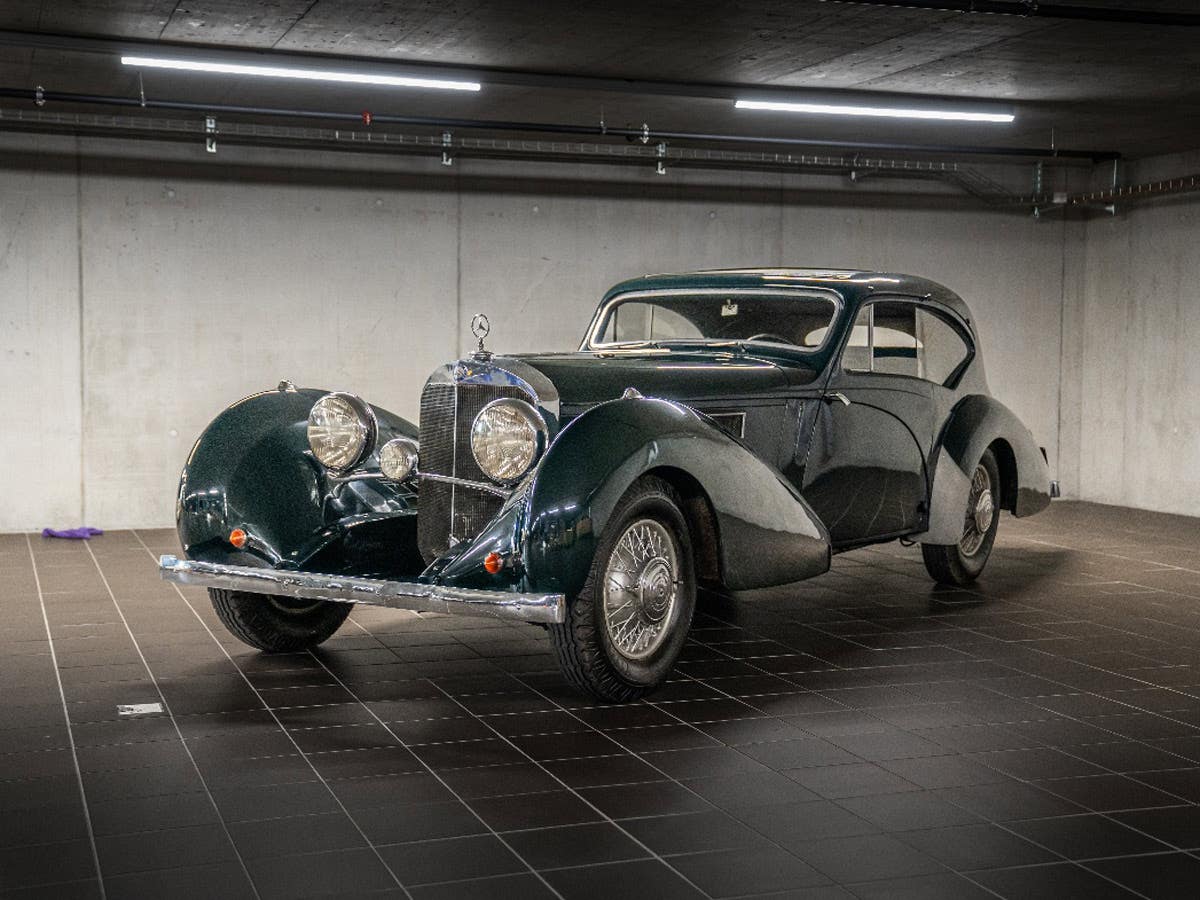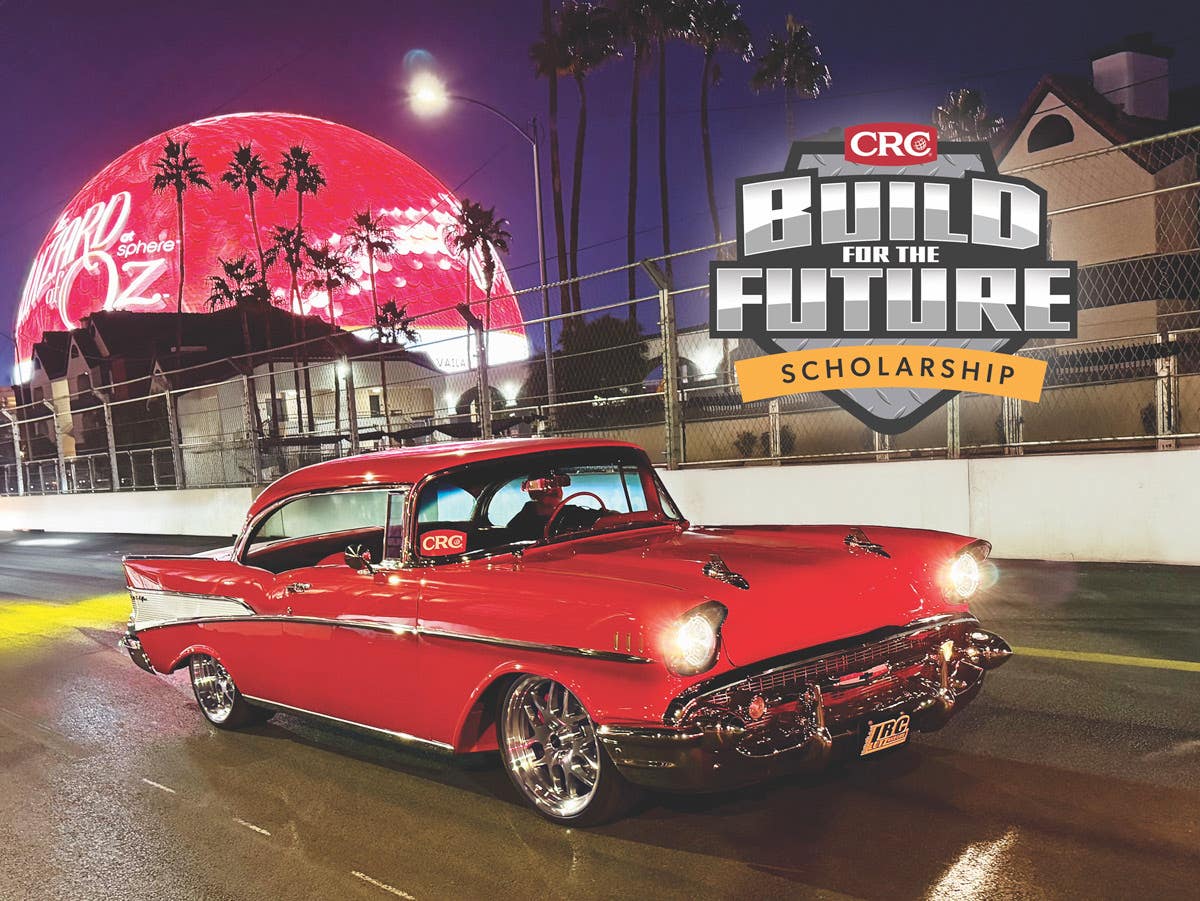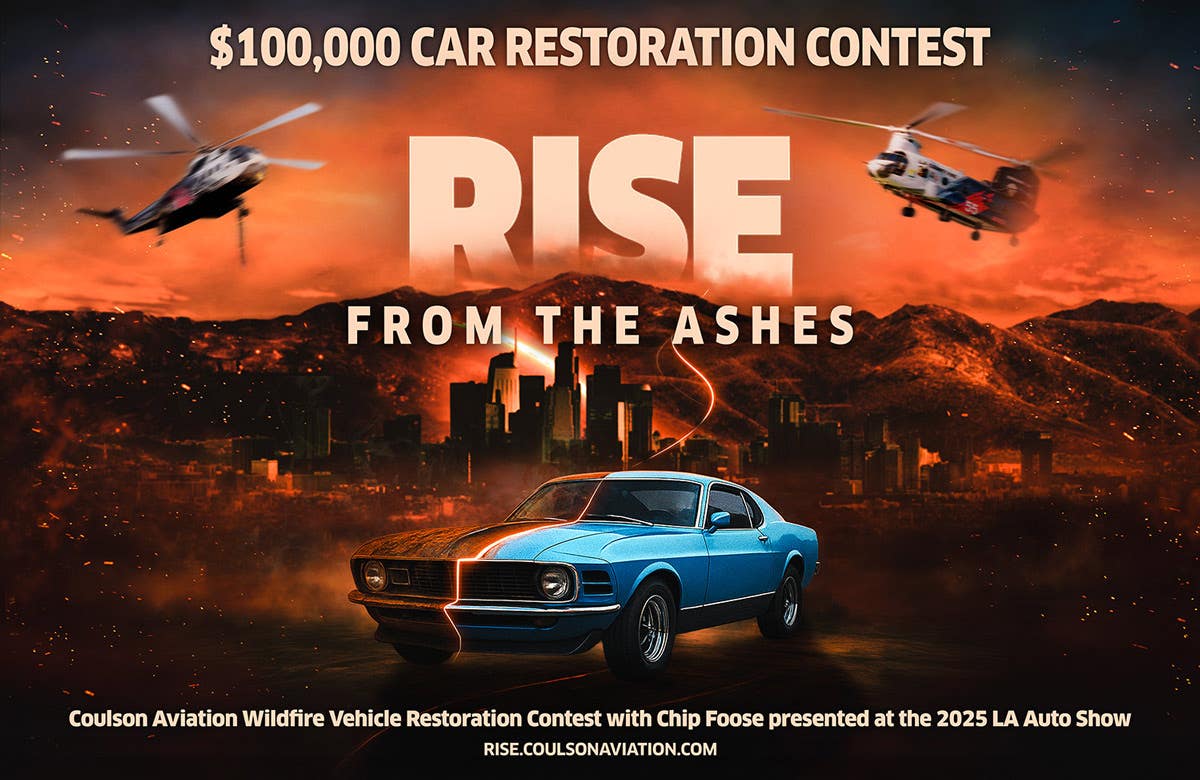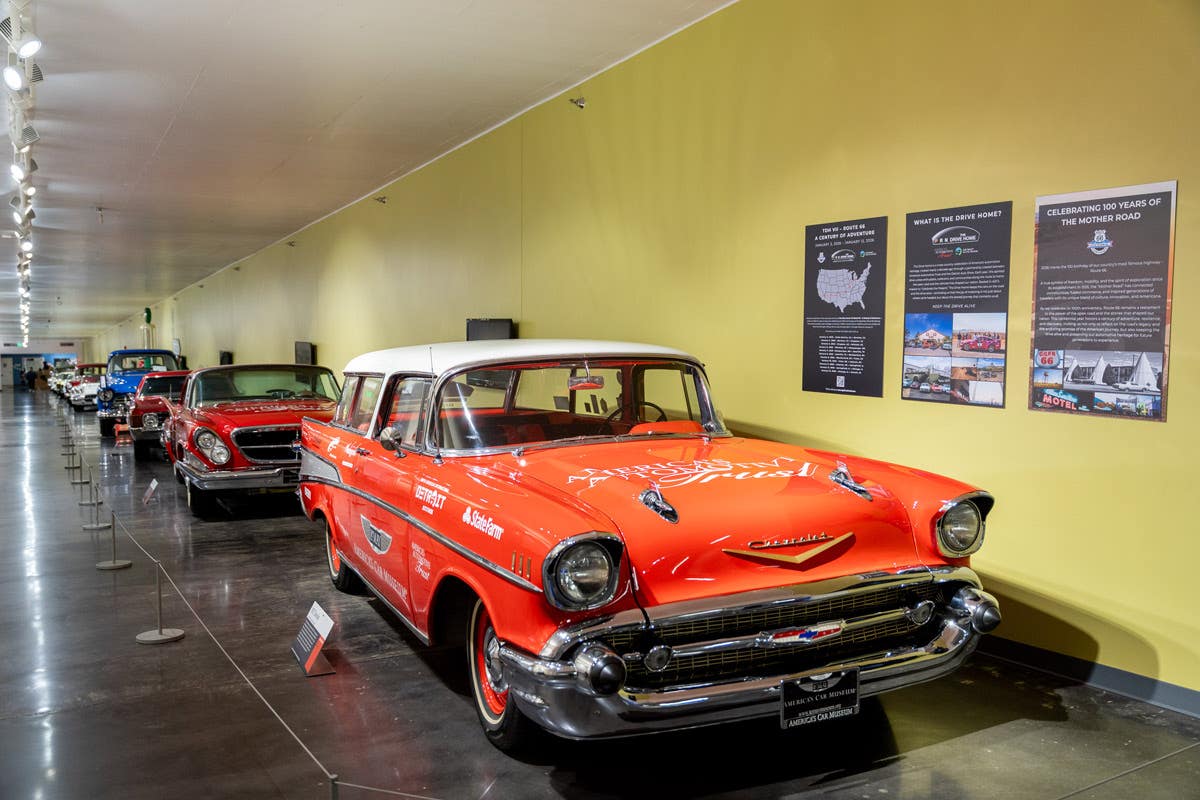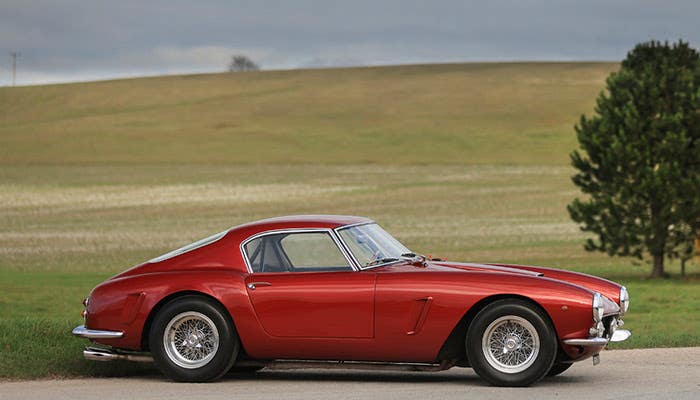Believe it or not, there are a few stock and original 1940 Willyses still on the road today. Most Willys of this vintage met their demise at the hands of hot rodders who took advantage of the car's streamlined design. The coupe was the most popular, but the sedans were cut up for their front clips and rear fenders, which fit the coupe.
I purchased this 1940 Willys from a friend, who had stored it since 1969.
A friend of mine had the 1940 Willys sedan pictured here stored in his garage for a few years. An old inspection sticker on the windshield showed the car as last being on the road in Pennsylvania in 1969. I bought the car in 1995, and with a minimum amount of work, I put it back on the road.
I installed a new battery and changed all the fluids. A thorough cleaning of the master and wheel cylinders put the like-new brakes back to working order. It starts, even on the coldest days, and runs beautifully. Everything works, including the radio.
As I went along, I replaced the voltage regulator, radiator, starter cable and the king pin bushings. I also have a set of rear bumper extensions that I understand were a dealer-installed option. I haven't installed the bumper pieces yet, but they are sitting safely on a shelf, waiting for me to get around to installing them. These items were acquired by me, thanks to Ron Ladley, the "Willys man," in Barto, Pa.
I am constantly amazed at how much torque the little four-cylinder engine packs. The car goes effortlessly up hills in high gear and rolls along at 60 mph.
My sedan is a Deluxe model, and I believe what qualifies it as a Deluxe model is its extended trunk, radio, cigarette lighter and wing windows. Directly below the cigarette lighter in the middle of the dash is the cast "De Luxe" insignia.
Some of the most pleasurable experiences I have had with the car were at car shows. One gentlemen came up to me and explained that, when he was seven years old, his father had an identical car that he often took the family out for rides through the country. The man asked if he could sit in the car, and, of course, I encouraged him while his wife took his picture. Several fellows exclaimed that they had seen pictures of a stock 1940 Willys, but had never seen one in person.
What I really like about original cars are the little things. Not only is the ignition key original, but the keys work in all of the doors and trunk. The switch that controls the heater still works, right down to illuminating when it is turned on. The dome light and the instrument panel lights work and are controlled by mini-toggle switches mounted under the face of the dashboard. The original horn is in the car and still produces that distinctive "beep-beep" sound.
The door handles and straps are in excellent condition. I am always impressed with the design of the various cast pieces, which resemble quality silverware. The upholstery was replaced with what appears to be original fabrics, and it is in excellent condition. The radio works and, lucky for me, picks up a local AM station.
Coupe bodies didn't change much from 1937-'42, but sedans were offered in different variations during the same period. Depending on year and model, sedans came with and without rear quarter windows. The line stretching from above the side windows down to the trunk on this 1940 Willys sedan is a drip rail molding.
The trunk holds the original spare, complete with an un-chromed hubcap, as well as the original jack and lug wrench. The hinges and handle on the trunk are painted in the color of the car, as they were from the factory.
A previous owner installed signal lights and replaced the original rearview mirror with a day/night unit. Both of these modifications are welcomed, as they improve safety, especially at night.
The only original features of the car that can use an upgrade are the headlights and the windshield wipers. The original headlight reflectors are silver plate and don't produce a very bright light, no matter how well polished. The driver's-side windshield wiper is powered by a vacuum motor, but the passenger-side wiper is mounted on a rotating post and is actuated by a horizontal rod that ties into the driver's-side wiper arm. I eventually removed the passenger-side wiper, as it proved to be more of a problem than a help. With the wipers working, and when the car was driven over 40 mph, the entire wiper assembly would not only lift off of the windshield, but would flap over onto the roof.
I hope you enjoy the photos, as I have tried to capture the flavor of a well-designed and pleasurable automobile.



